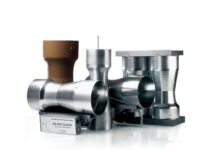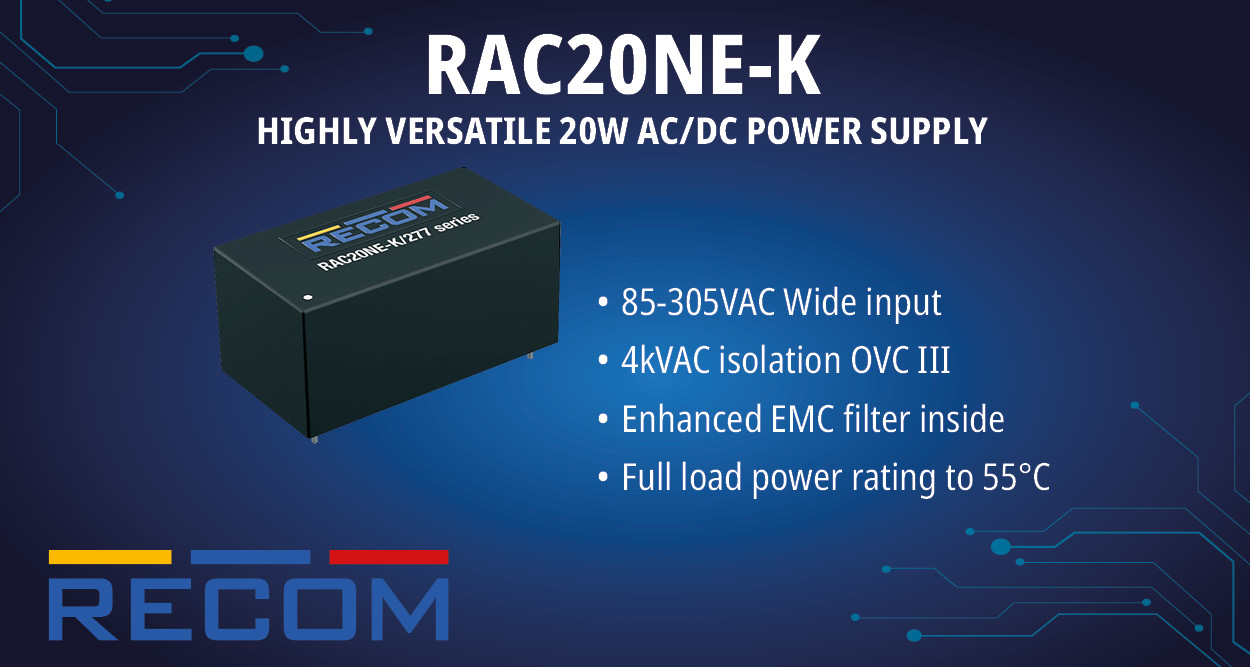Brass foils play a critical role in high-precision industries due to their excellent mechanical properties, corrosion resistance, and electrical conductivity. The manufacturing of ultra-thin brass foils requires advanced metallurgical techniques to achieve precise thickness control, uniformity, and superior surface quality. These foils are essential in aerospace, electronics, and a range of other applications where reliability and precision are paramount. Consegic Business Intelligence analyses that the Brass Foils Market size is growing with a CAGR of 8.1% during the forecast period (2025-2032), and the market is projected to be valued at USD 9,711.44 Million by 2032 from USD 5,227.14 Million in 2024. Additionally, the market value for 2025 attributed to USD 5,631.77 Million.
Advanced Manufacturing Techniques for Brass Foils
The precision manufacturing of brass foils involves sophisticated rolling, annealing, and surface treatment processes. Cold rolling is widely employed to achieve ultra-thin gauges with tight tolerances, while continuous annealing ensures optimal mechanical properties and stress relief. Precision slitting techniques further refine foil dimensions, meeting exacting industry standards. Innovations in nano-scale surface finishing techniques enhance foil adhesion in microelectronic applications, improving product performance and longevity.
Aerospace Applications: Lightweight and High-Performance Materials
In aerospace engineering, brass foils are utilized in shielding applications, thermal management systems, and high-precision instrumentation. Their excellent conductivity and corrosion resistance make them ideal for electromagnetic shielding in avionics, ensuring signal integrity in high-frequency communication systems. Additionally, the use of brass foils in thermal dissipation layers contributes to weight reduction without compromising performance, supporting the aerospace industry’s push for lightweight, fuel-efficient designs.
Electronics Industry: High Conductivity and Durability
Brass foils are extensively used in the electronics industry for flexible printed circuits (FPCs), connector terminals, and electromagnetic interference (EMI) shielding. The material’s high conductivity, combined with its formability, makes it suitable for miniaturized components in advanced electronic devices. In semiconductor packaging, precision-etched brass foils enhance signal transmission and heat dissipation, improving device reliability and longevity. The ability to produce ultra-thin, high-purity brass foils is critical for next-generation electronic applications, including 5G technology and wearable devices.
Expanding Applications and Future Prospects
Beyond aerospace and electronics, brass foils find applications in battery technology, medical devices, and precision optics. The growing demand for sustainable and recyclable materials has further increased the focus on high-performance brass foils in energy storage applications, including lithium-ion and solid-state batteries. In the medical field, ultra-thin brass foils are utilized for implantable sensors and bio-electronic interfaces, demonstrating their versatility in cutting-edge technological advancements.
Conclusion
Precision manufacturing of brass foils is a cornerstone of high-performance industries, offering exceptional electrical, mechanical, and thermal properties. Advanced production techniques ensure that these materials meet the stringent requirements of aerospace, electronics, and emerging applications. As technology continues to evolve, the demand for high-precision brass foils will only grow, driving further innovations in materials science and manufacturing processes.
Source: Brass Foils Market

















